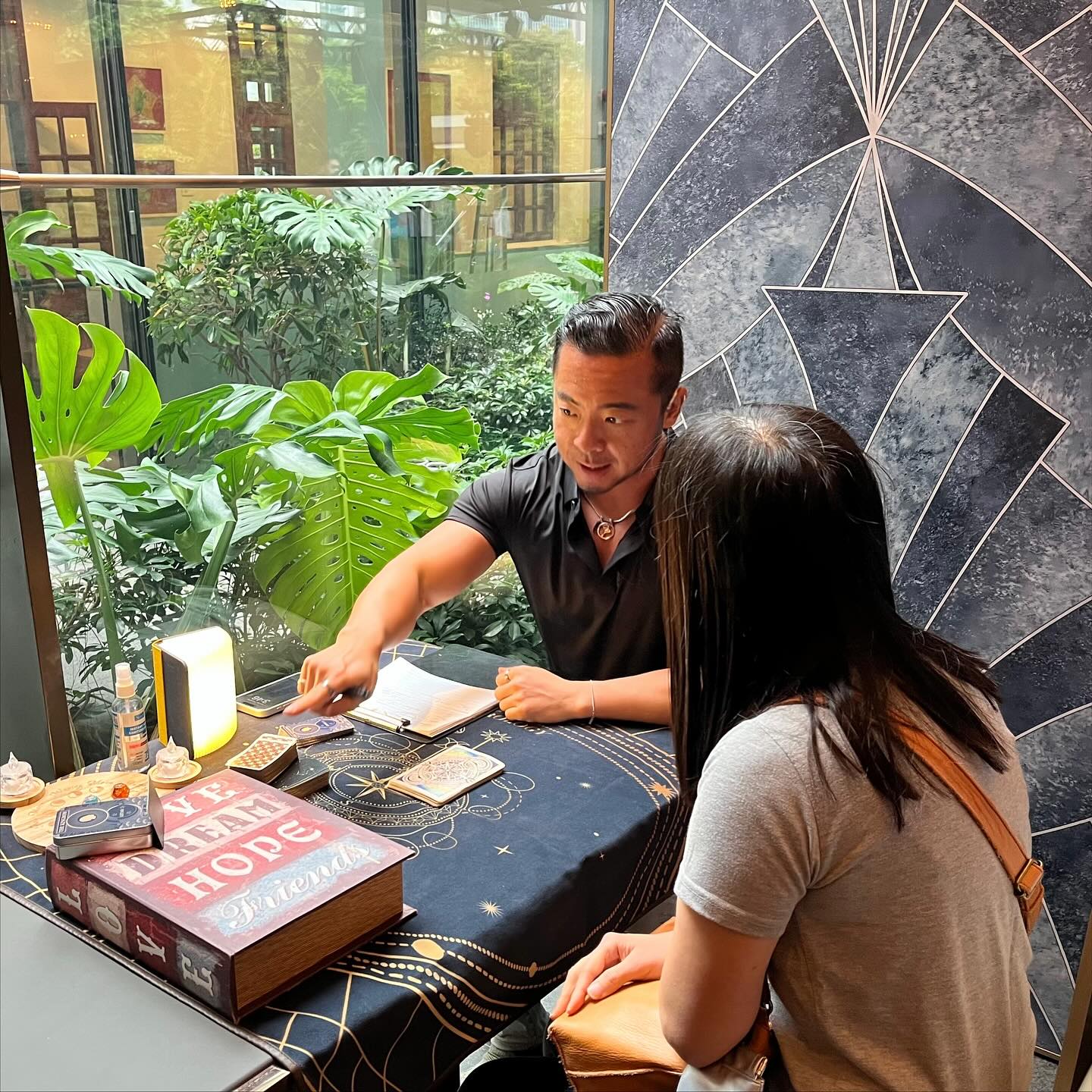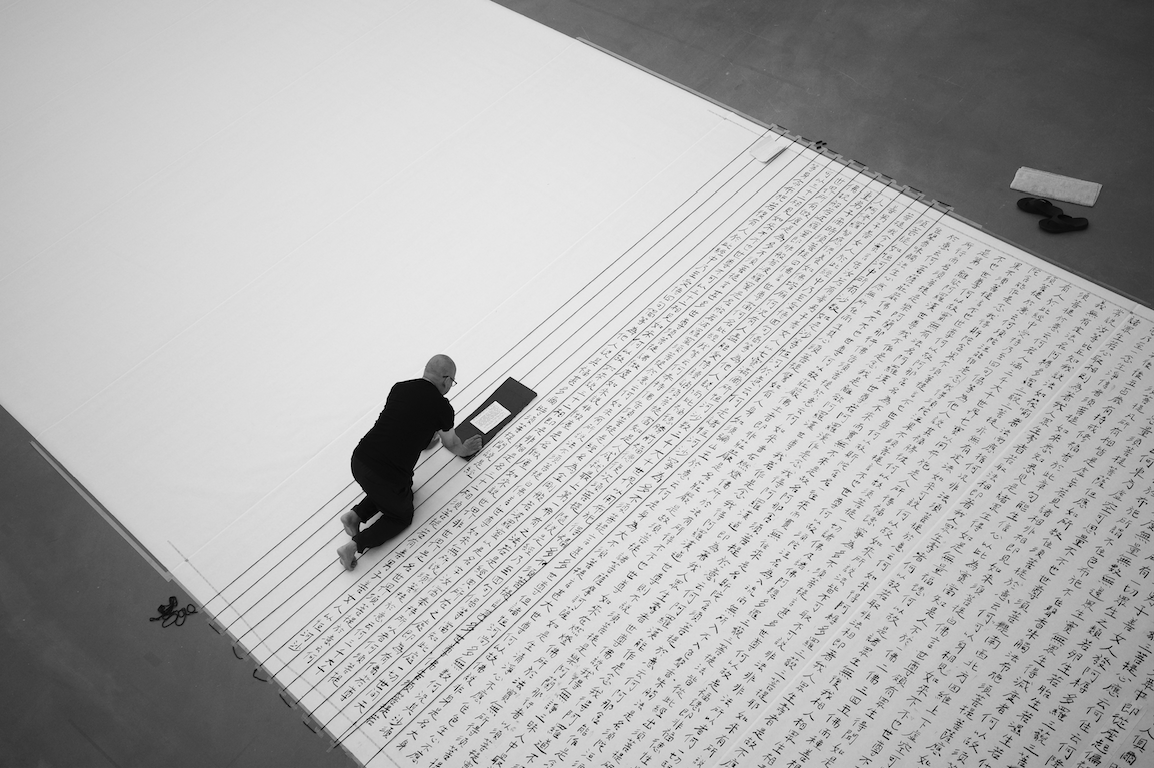
You may not know his face but you’ve probably seen his work. From tagging the streets of Paris to designing a collection for Hermès, Cyril Kongo has become one of the most acclaimed graffiti artists in the world.
Cyril Kongo was painting in Lan Kwai Fong one Sunday afternoon when a man approached and asked him to customise a cap for his son. “I was like, ‘Why not? Buy me a beer and I will paint your son’s cap!’” the French-Vietnamese graffiti artist recalls. “But when we sat down for beer, the man started asking me so many questions that I thought he was the police!”
As it turns out, the random passerby was none other than the managing director of Hermès Asia Pacific. “So I said to him that Hermès should make a scarf with graffiti one day to appeal to the younger generation,” Kongo says.
It took only a few months before Kongo was invited to do just that, with the luxury house giving the artist carte blanche to design for its 2011 autumn/winter collection. Hermès opened a world that was, according to the Kongo, “infinite”.
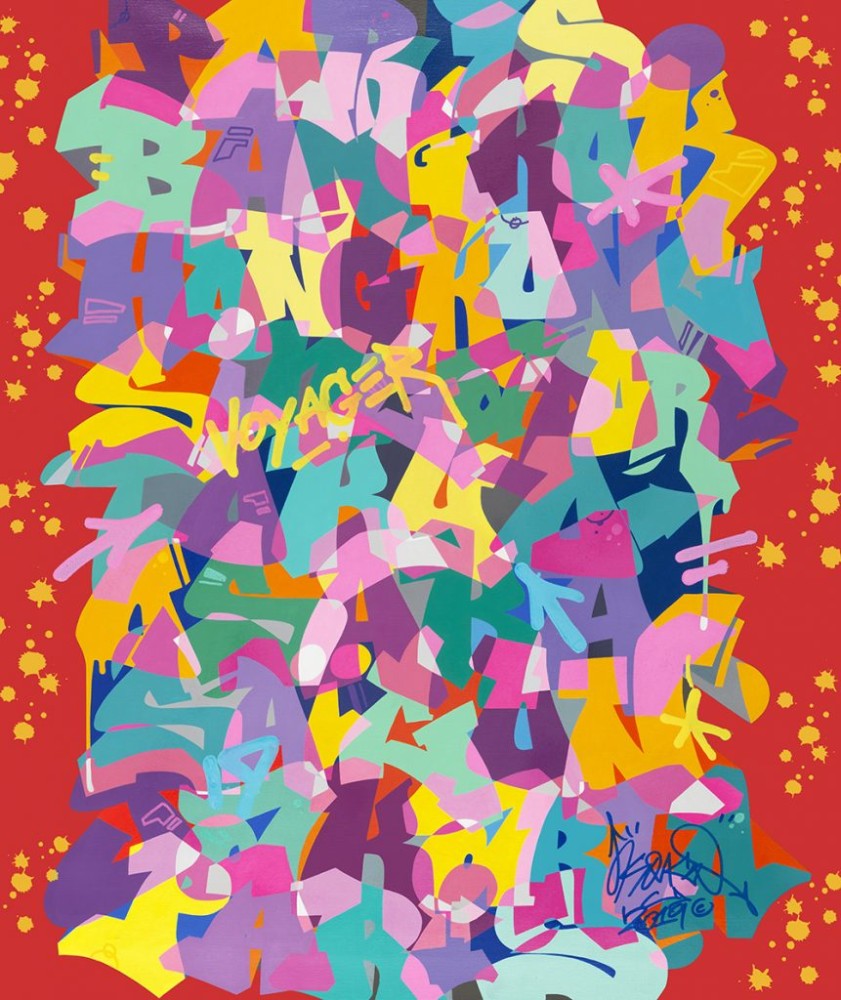
“When I met the people who were creating the silk scarves, I met people who were as passionate as me but from another universe,” he says. “From that moment on I knew what I wanted to do as an artist: create bridges between universes, between know-how and culture with my know-how and my culture.”
Contrary to the stereotypes associated with graffiti artists, Kongo was shy growing up. He was born Cyril Phan in Toulouse, France, to a French mother and Vietnamese father. He spent his early childhood in Vietnam and several years in the Republic of Congo (which later inspired his pseudonym) before arriving in France as a political refugee. Not knowing the language, Kongo turned to drawing to express himself.
“The moment I encountered graffiti and hip-hop, everything just became, well, so easy,” he says. “I got my first marker and spray can and I started to write my name everywhere. People didn’t recognise my face but they knew my name. They would come up to me and say ‘Oh, did you see Kongo’s graffiti on the walls?’ and it was really funny to me. I felt like Peter Parker in Spider-Man! I started to tell stories and I’ve never stopped.”
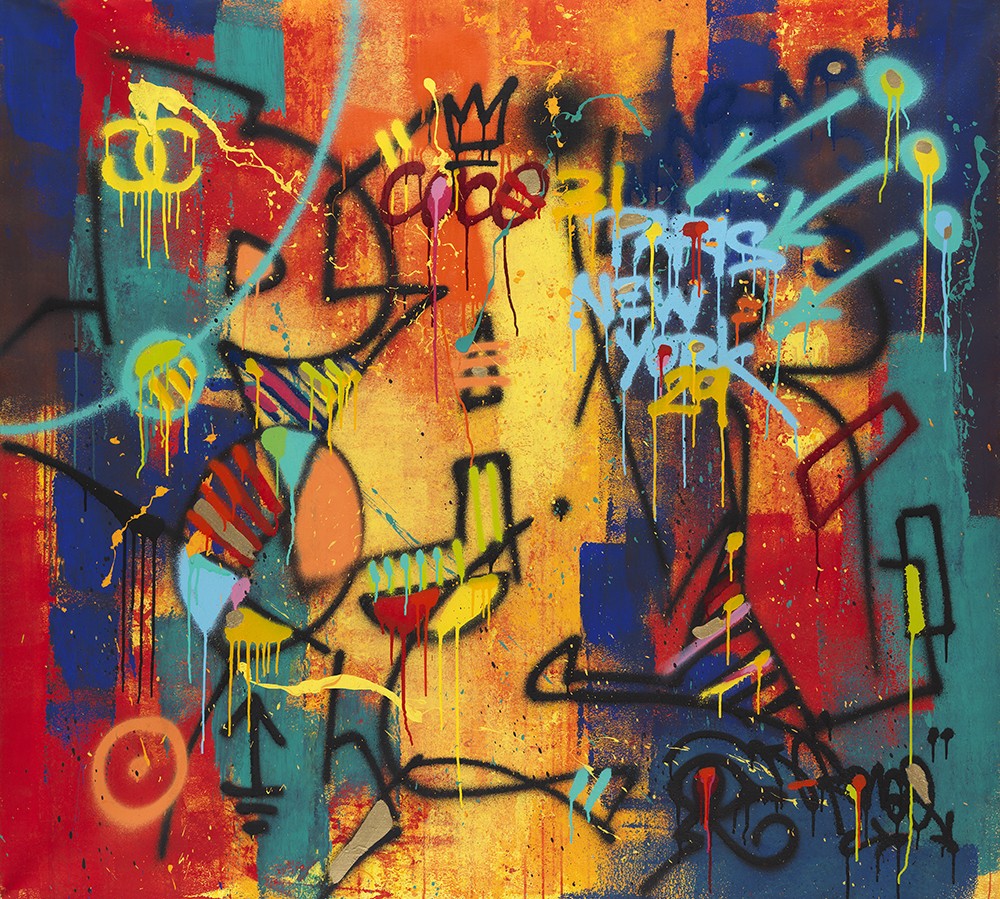
Kongo’s philosophy as an artist revolves around the concept of time. “As a child refugee, I understood very early on that you can have everything today and nothing tomorrow,” he explains. “I enjoy life day by day and I try to be a man of my time. So for me, being an artist means witnessing and crystallising time.”
Kongo’s latest attempt to bring time to life on a canvas involves one we all have become intimately familiar with: the face mask. In collaboration with MEDRadiance and Masklab, Kongo is launching a series of face masks printed with his art. Among the selection is COCO, a piece he created in an atelier on Quai Voltaire during his projects for Chanel’s Métiers d’art. Another, titled VOYAGER, was recently born out of the strict constraints of lockdown.
-
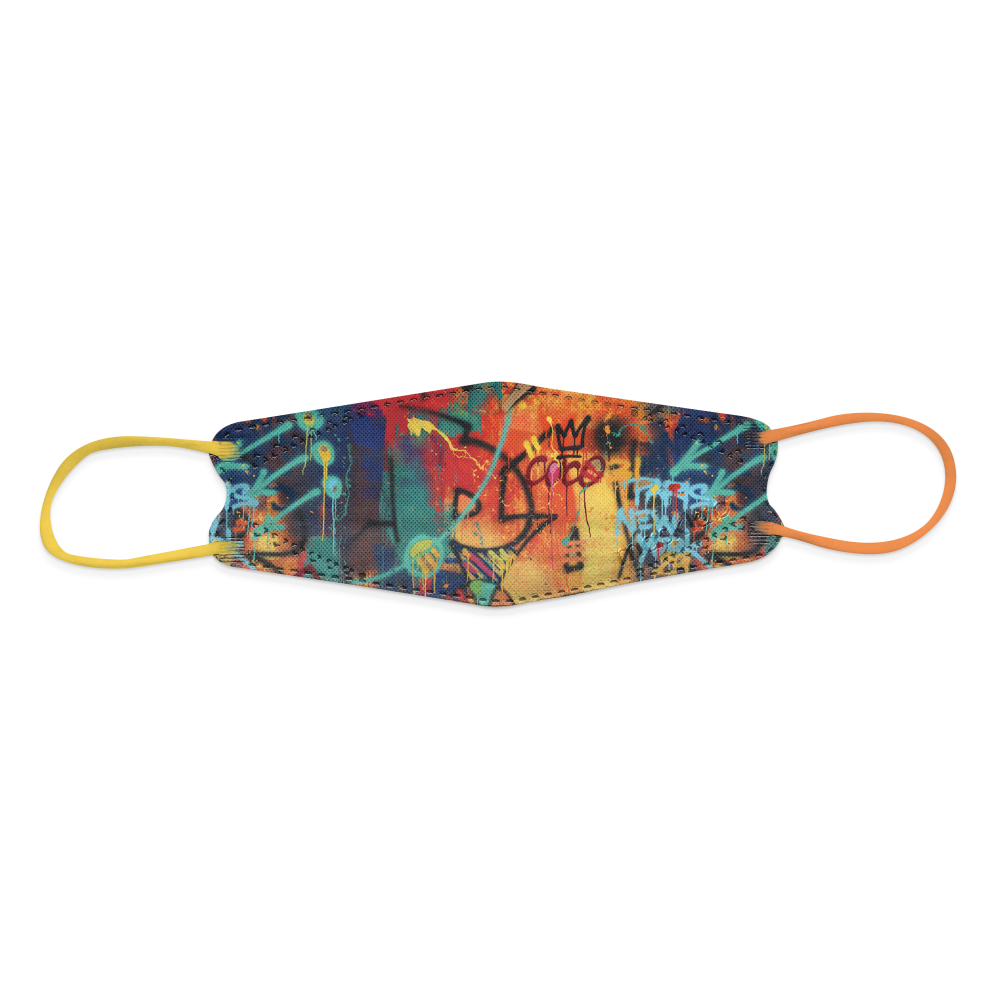
COCO LOVE -
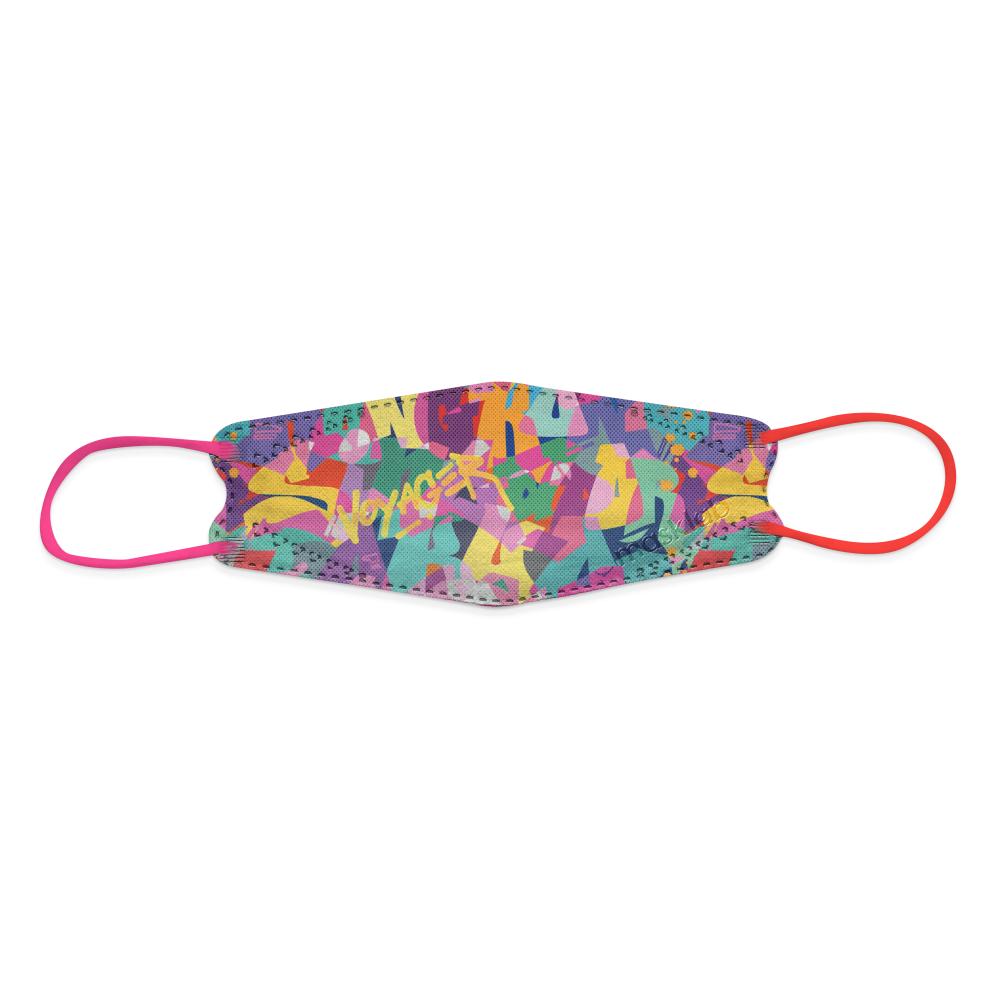
VOYAGER
“To tell you the truth, it was really easy to create art in lockdown because I spend my life in my studio,” he says. “Actually, most of what I paint stems from my frustrations and what I would like to do. I wanted to travel, so one day I just started to sketch the names of all the cities I wished to visit on my canvases. I painted them, and I named it VOYAGER. It is a record of a time we cannot travel, which, when you think about it, is absolutely crazy.”
Since he tagged his first wall on the streets of Paris, the meaning of and the challenges that come with creating good art have changed for Kongo. “When I was 15, being the best on the streets meant not getting caught and finding good spots so that everybody can see your art. If you paint high, you win.”
As an acclaimed artist now who has collaborated with watchmaker Richard Mille and the legendary Karl Lagerfeld at Chanel in addition to Hermès, Kongo admits that he’s found it difficult to put his heart onto different surfaces.
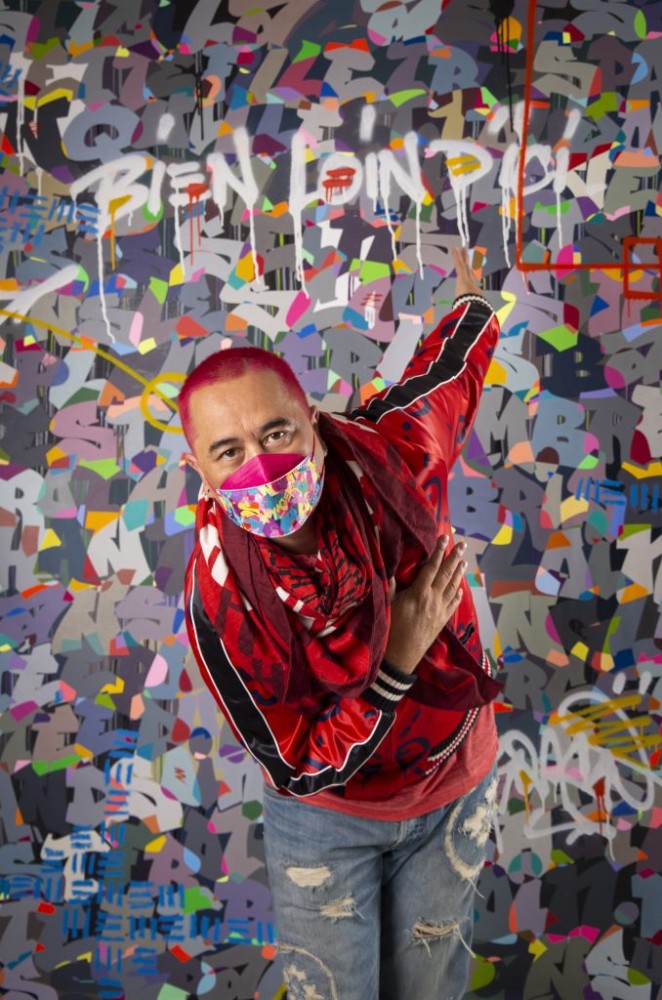
“Now that I’m over 50, the test is different. You have to be genuine, you have to be honest and you have to be yourself no matter what surface you paint on. It’s fulfilling, but it’s difficult,” he says. “You have to spend time in factories and with professionals to learn what you can do with materials you’ve never expressed yourself on before.”
At the end of the day, and in an artificial world saturated with technology, Kongo has a simple mission. “I want to be remembered as the artist who talks about flesh and bones and blood, not about plastic,” he says.
“And I want to be the artist who talks about time. No one can control time. I want to be the artist to show that we should live by the day every single day and feel grateful. You wake up, you see the sun rise, you see the sun set and you say thank you. This is what it is to be human, and I just want to be the artist who talks about what it is to be human today.”
See also: Bright young things: Meet Hong Kong’s rising cultural powerhouses



